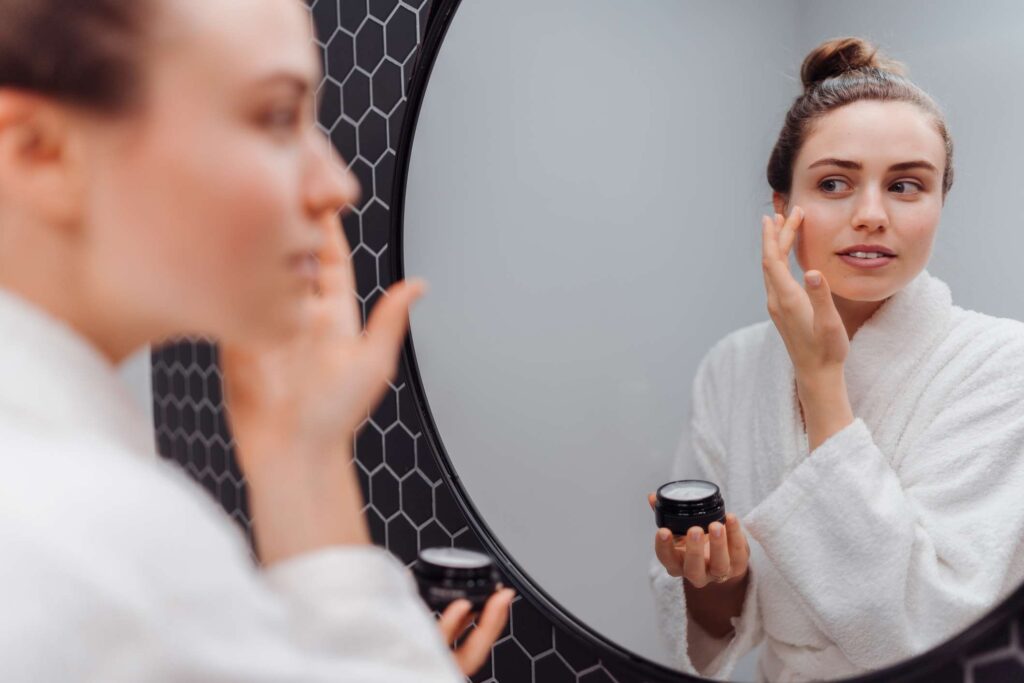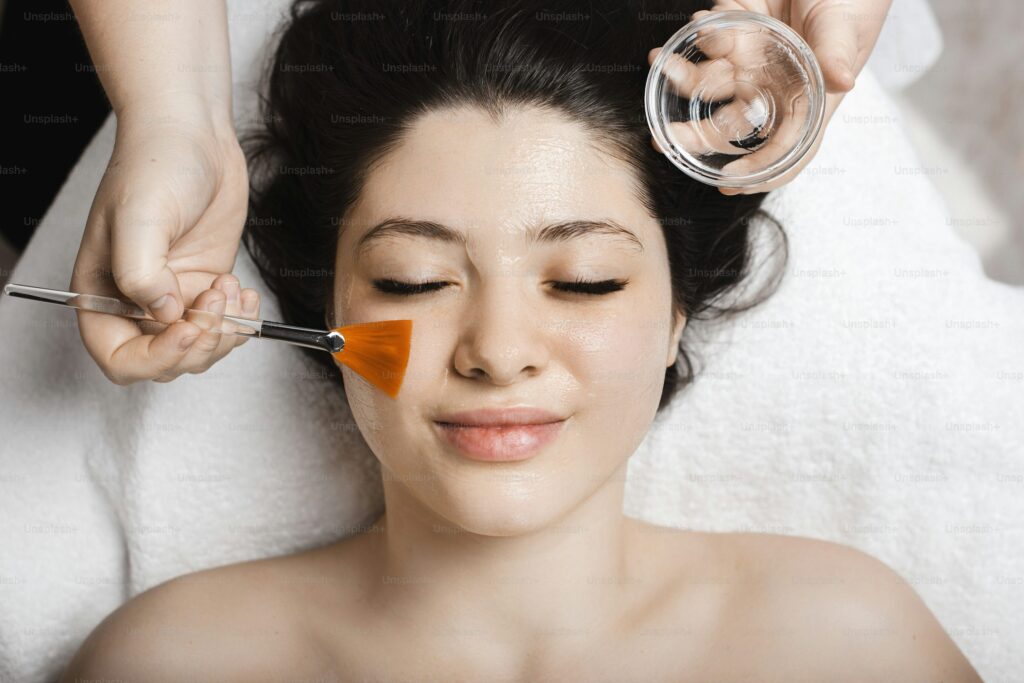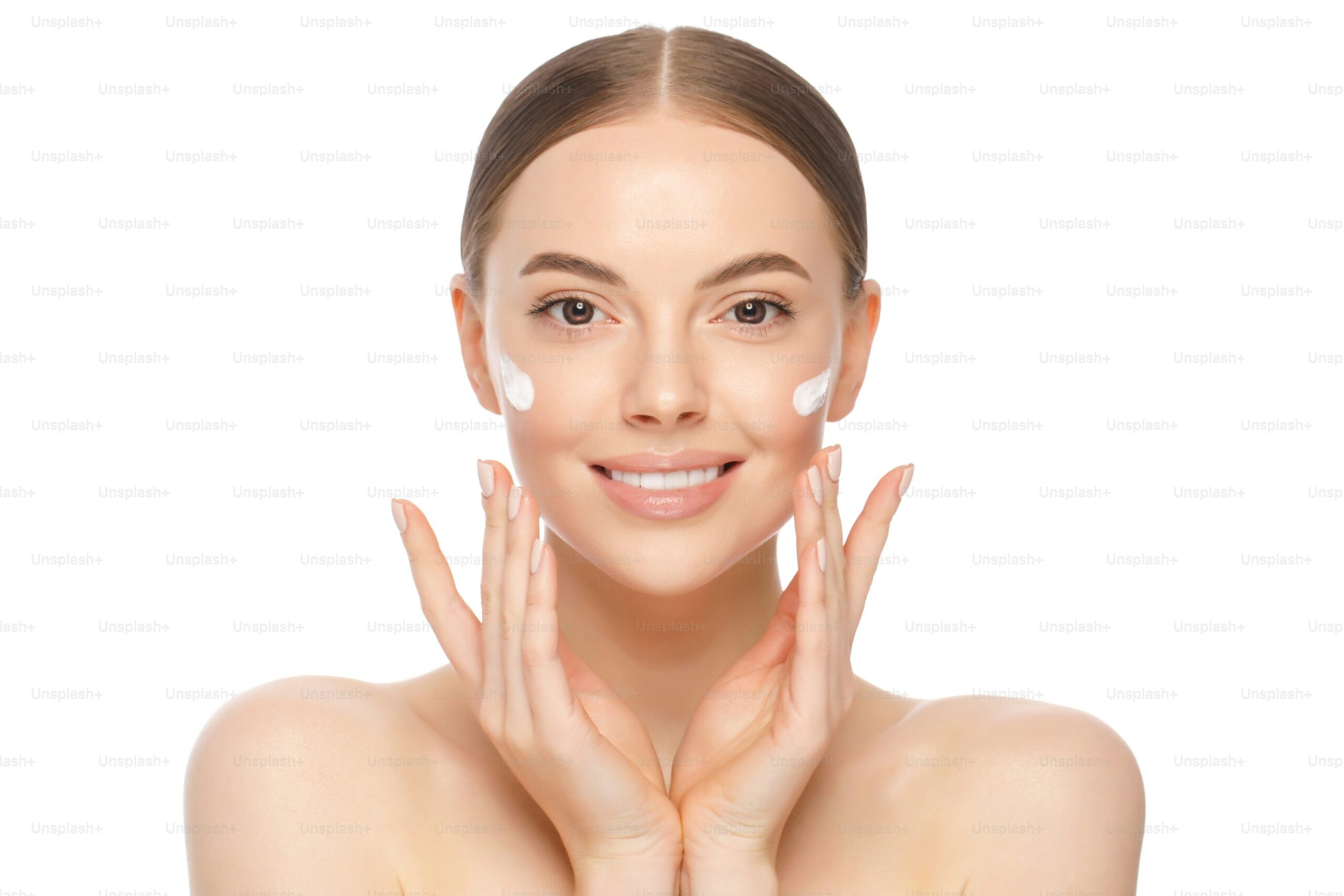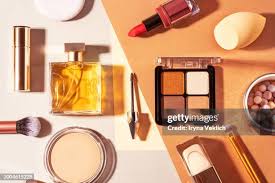Structure of the Skin:
The skin is made up of three primary layers, each with distinct functions:
- Epidermis (Outer Layer):
- The outermost layer of skin, primarily made up of keratinocytes (cells that produce the protein keratin).
- The epidermis provides a waterproof barrier, protects against infection, and is responsible for the skin’s pigmentation (due to melanocytes, which produce melanin).
- It has no blood vessels but is nourished by the underlying dermis.
- Dermis (Middle Layer):
- Located beneath the epidermis, the dermis contains blood vessels, nerve endings, sweat glands, sebaceous (oil) glands, and hair follicles.
- The dermis provides strength and elasticity due to collagen and elastin fibers.
- This layer supports and nourishes the epidermis, regulates body temperature, and helps with sensory perception.
- Hypodermis (Subcutaneous Layer):
- The innermost layer consists mostly of fat and connective tissue.
- The hypodermis helps insulate the body, stores energy, and acts as a cushion to protect underlying muscles and bones.
- It also helps anchor the skin to the muscles and bones beneath.

Functions of the Skin:
- Protection:
- The skin acts as a barrier, protecting internal organs from physical damage, chemicals, UV radiation, and infections (from bacteria, viruses, and fungi).
- Temperature Regulation:
- Sweat glands in the skin produce sweat, which evaporates to cool the body.
- Blood vessels in the dermis can constrict to conserve heat or dilate to release excess heat, helping regulate body temperature.
- Sensory Perception:
- The skin contains nerve endings that detect touch, pain, pressure, and temperature, allowing us to interact with our environment.

Skin Types:
Your skin type is determined by several factors, including genetics, environment, and lifestyle choices. It’s important to understand your skin type to choose the right products and care routine.
- Normal Skin:
- Balanced levels of moisture, not too oily or dry.
- Pores are not enlarged, and the skin has a smooth texture.
- Oily Skin:
- Excess oil production, often leading to shine, especially in the T-zone (forehead, nose, chin).
- Prone to clogged pores and acne.
- Dry Skin:
- Can feel tight, rough, or flaky, and may have visible dry patches.
- Often lacks moisture and can be more sensitive to environmental changes.
- Combination Skin:
- A mix of different skin types, usually oily in the T-zone and dry or normal in other areas.
- Common skin type that requires a more tailored skincare routine.
- Sensitive Skin:
- Prone to redness, irritation, itching, or burning sensations.
- Can react to certain skincare products, environmental

Skincare Routine Basics:
A consistent skincare routine can help you maintain healthy, glowing skin. Here are the key steps:
- Cleansing:
- Cleanse your skin to remove dirt, oil, and makeup. Choose a gentle cleanser suited for your skin type.
- Toning:
- Toners help restore the skin’s natural pH balance, tighten pores, and hydrate.
- Moisturizing:
- Apply a moisturizer to keep your skin hydrated and protected. Use one suited to your skin type (e.g., gel-based for oily skin, cream-based for dry skin).
- Exfoliation (Optional):
- Exfoliate once or twice a week to remove dead skin cells and promote cell turnover. Use chemical exfoliants (like AHAs and BHAs) or gentle physical exfoliants.
- Sun Protection:
- Always apply sunscreen with at least SPF 30 every morning to protect against UV damage.

Healthy Skin Tips:
- Stay hydrated and maintain a balanced diet rich in fruits, vegetables, and healthy fats.
- Always use sunscreen, even on cloudy days or indoors.
- Avoid smoking and limit alcohol consumption, as they can negatively affect skin health.
- Clean your face regularly but avoid over-cleansing, as it can strip your skin of its natural oils.
- Get enough sleep to allow your skin to repair and regenerate.

No responses yet